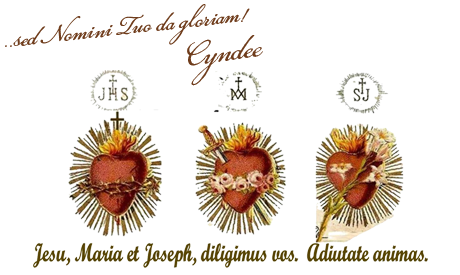The History of the Miraculous Medal
The Miraculous Medal is a very small but powerful gift that Our Lady has given us through the Church. It takes its origin from France in the year 1830 before the French Revolution began. During the French Revolution, priests were outlawed, it was forbidden to pray in public, and if this was done, the people would be beaten terribly, or even killed for attending Mass. Because it was a time of great suffering, people asked for help from Our Lady, and these prayers were heeded.
Before the Revolution, a 24-year-old girl, Zoe Laboure entered the convent of the Sisters of Charity which was founded by St Vincent de Paul. When she was accepted and became a novice, she took the name Sr Catherine.
Sr Catherine had a great love and devotion to Mary, because when she lost her mother at the age of 9, she had asked Mary to be her own mother. As a novice, she prayed a novena to St Vincent and at the end of the 9 days, she asked him for the favour of being able to see the Blessed Virgin Mary in person.
On the eve of St Vincent's feastday, July 18, while in bed, Sr Catherine was woken by her guardian angel in the form of a child - so as not to scare her - and led her to the convent chapel. There, Our Lady appeared to Sr Catherine which made her overjoyed. However, during this apparition, Mary warned her about the great trouble that was near at hand, especially for France. The Virgin Mary foretold the Archbishop's death, the persecution of the Catholic Church in France, and the suffering that would follow.
Within days of this apparition, the revolution began, and all that was prophesied by the Virgin Mary in her apparition to Sr Catherine came true.
Four months later, Our Lady appeared to Sr Catherine again. This time she appeared within an oval frame, standing on a globe. She had gems on her fingers from which shone gold rays (representing the graces she obtains for us from God). Some of the rays were not shining brightly because "there are many graces available but people do not receive them because they do not ask." Around the frame were the words: "O Mary conceived without original sin, pray for us who have recourse to thee." This vision 'rotated' and in the back was the Marian Cross (a letter M surmounted by a cross) and the Two Hearts (Sacred Heart of Jesus and Immaculate Heart of Mary) all surrounded by her crown of 12 stars. Then Sr Catherine heard a voice saying: "Have a medal struck according to the model you see. Those who wear the medals, blessed, especially around their necks, will receive a multitude of graces."
Sr Catherine had spoken about these apparitions to her spiritual director and asked him for advice regarding the mission she was given. He was very supportive of her and after 2 years, helped her to have the medals created and distributed. However, he kept it a secret that Sr Catherine was the visionary whom Our Lady had given the medal design and instructions to.
Over the years, there have been many miracles because of Our Lady's powerful intercession through this medal. Although it was originally called the Medal of the Immaculate Conception, it was later changed into the "Miraculous Medal" because of the countless miracles reported by people who used it. Some examples are the many conversions, healings and blessings. Even some haters of God and enemies of the Church became believers by wearing it.
These days, people - even Catholics - seem to have forgotten how strong Our Lady's intercession is, and have neglected the importance of sacramentals like the Miraculous Medal. Just like Our Lady said, we will "receive a multitude of graces" if we wear the medal with great confidence in her intercession. We should always be trusting of how powerful her assistance can be, being the Mother of God, especially in times of great difficulty!
O Maria, sine labe originali concepta, ora pro nobis, qui confugimus ad te.
(Creative Writing,
Grade 5,
2011, Term 2, Week 5)





























































